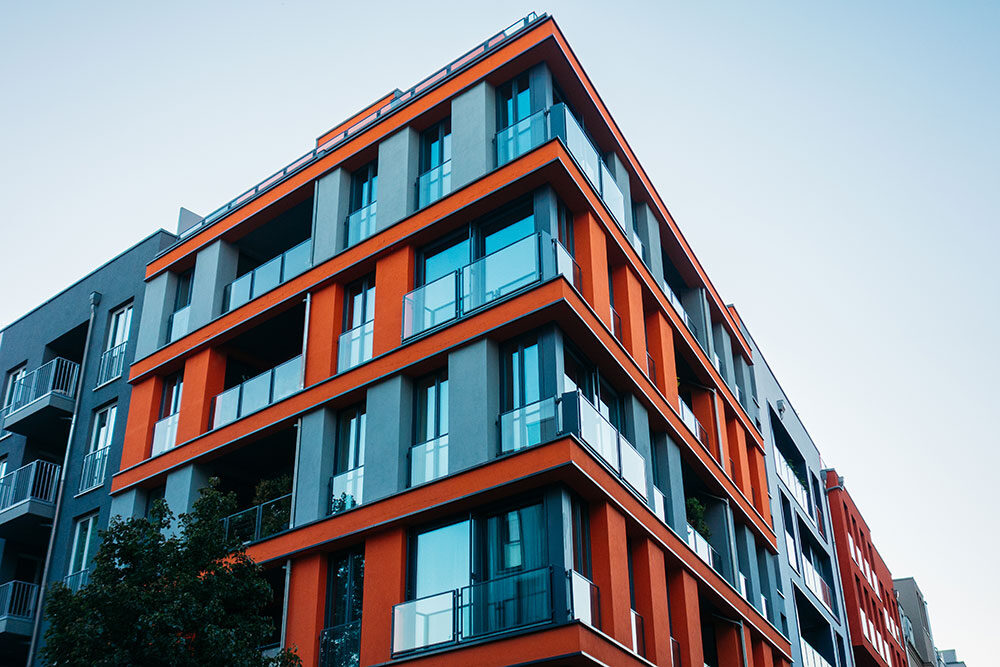The rapid growth of property prices in the last 18 months has resulted in rental remaining a popular option, with many first-time buyers priced out of home ownership.
This increase in house prices coupled with changes to taxation for BTLs, safety measures and tenants’ rights means that landlords are increasingly needing to be more strategic with their approach.
An increasing number of landlords are looking to HMOs (Homes in Multiple Occupation) as a way to maximise the returns on their investment.
So just what is a HMO and what are the benefits and risks involved? West One investigate…
What is a HMO?
For a property to be classed as a HMO it must be a residential property which is shared by 3 or more people from 2 or more households. A household is classed as either a single person or members if the same family who live together. The tenants will share facilities such as a kitchen or bathroom.
A property that homes 5 or more tenants from more than 1 household is classified as a large HMO.
And finally, the occupants must pay rent and list the property as their main residence for the property to be considered a HMO.
